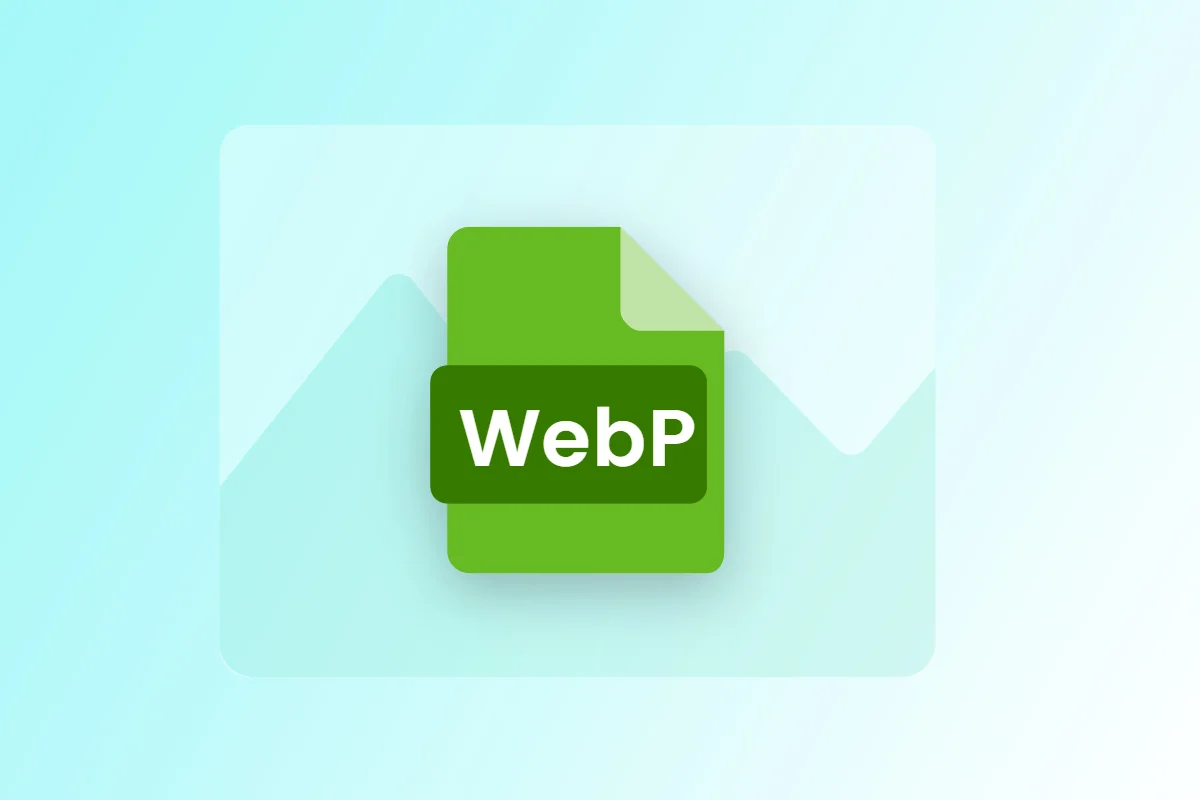In e-commerce, every second counts. Customers expect product images to load instantly, whether they are browsing from a desktop or mobile phone. A slow-loading store not only frustrates users but also leads to cart abandonment and lost sales.
That’s where WebP images come in. WebP is a modern image format developed by Google that offers smaller file sizes without sacrificing quality. For online stores with hundreds or even thousands of product images, this optimization can make a massive difference.
The Problem with Heavy Images in E-Commerce
Traditional image formats like JPG and PNG are often too heavy for today’s fast-paced digital shopping environment.
- Slow load times: Large images delay page rendering.
- High bounce rates: Shoppers leave if the site doesn’t load in 3–5 seconds.
- Poor mobile experience: Mobile users on 3G/4G networks suffer most.
- Lower SEO ranking: Google penalizes slow sites.
According to studies, a 1-second delay in page load time can reduce conversion rates by up to 7%. For a store earning $10,000 daily, that’s a potential loss of $700 per day.
Why WebP is a Game-Changer for Online Stores
Here’s why e-commerce platforms are rapidly switching to WebP:
1. Smaller File Sizes
WebP reduces image file size by 30–50% compared to JPG and PNG.
- JPG product image = 500 KB
- Same image in WebP = 220 KB
Multiply this saving across hundreds of products, and your site becomes much lighter.
2. Maintains Quality
Unlike overly compressed JPGs, WebP maintains sharpness and clarity, which is essential for product images. Customers need to see details like fabric textures, colors, and patterns clearly.
3. Supports Transparency & Animation
WebP supports features of both PNG (transparency) and GIF (animation).
- Perfect for product icons, logos, and banners.
- Can even replace small product demo GIFs with lightweight WebP animations.
4. Boosts SEO and Core Web Vitals
Google directly considers page speed in ranking. By using WebP, you improve metrics like LCP (Largest Contentful Paint) and CLS (Cumulative Layout Shift). This means your store performs better in search results.
Case Study: WebP in Action
Let’s consider a medium-sized online clothing store:
- Before WebP:
- 800 product images (JPG/PNG)
- Total image weight = 350 MB
- Average load time = 6.2 seconds
- After WebP:
- Same 800 images converted to WebP
- Total image weight = 140 MB
- Average load time = 2.9 seconds
👉 The store saw a 35% reduction in bounce rate and a 22% increase in conversions within 3 months.
Mobile Shopping with WebP
Over 70% of e-commerce traffic now comes from mobile devices. Mobile shoppers are less patient with slow-loading stores. WebP ensures:
- Faster loading even on 3G/4G networks
- Lower data consumption (saves customer bandwidth)
- Better mobile SEO performance
This creates a smoother mobile checkout experience, leading to higher sales and fewer abandoned carts.
How to Implement WebP in Your Online Store
The good news is that enabling WebP is simple.
- For Custom E-Commerce Platforms:
- Use online compressors like ShrinkWebPSize.com.
Future of E-Commerce and WebP
The shift towards WebP is not just a trend—it’s becoming the standard. Many browsers, including Chrome, Edge, Firefox, and Safari, now fully support WebP. By 2025, most successful e-commerce stores will run entirely on WebP or next-gen formats like AVIF.
Stores that adopt WebP today will:
- Stay ahead of competitors
- Rank higher in search engines
- Deliver better shopping experiences
Conclusion
For e-commerce owners, switching to WebP is one of the simplest and most effective ways to boost store performance. From faster loading and higher SEO rankings to improved customer experience, the benefits are undeniable.
In short:
- Faster websites = happier customers
- Happier customers = more sales
👉 Start shrinking your WebP images today at ShrinkWebPSize.com.


